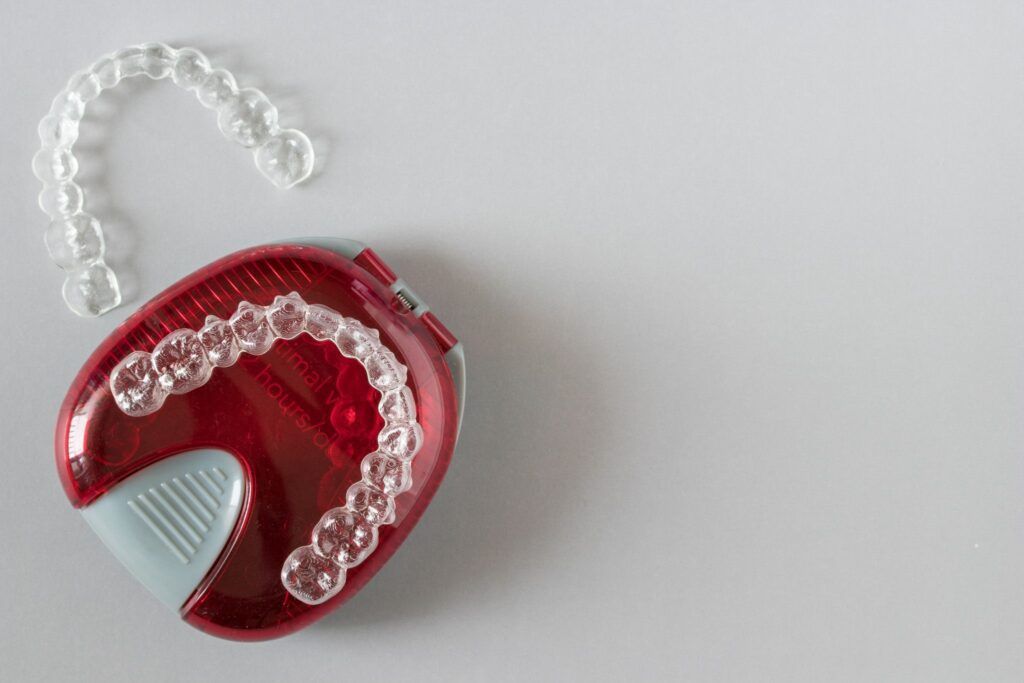Teeth Bonding vs. Porcelain Veneers
Patients often seek ways to enhance their smiles. Teeth bonding and porcelain veneers represent two popular cosmetic treatments. Each offers unique benefits and disadvantages. Dr. Leah Romay in Glyndon, MD, provides expertise in both procedures. This article delves into these options, helping you make an informed choice.
Teeth Bonding
Teeth bonding involves applying a tooth-colored resin to the surface of the tooth. Dr. Leah Romay first etches the tooth to prepare it. She then molds and shapes the resin, which she hardens using ultraviolet light. The process typically takes 30 to 60 minutes per tooth.
Benefits of Teeth Bonding
Teeth bonding stands out for its simplicity and speed. Dr. Leah Romay often completes the procedure in a single visit. The resin mimics the appearance of natural teeth, which could enhance aesthetic appeal. Patients appreciate the non-invasive approach, which preserves most of the natural tooth structure.
Limitations of Teeth Bonding
Despite its advantages, teeth bonding has some limitations. The resin used in bonding tends to stain more easily than natural teeth. It’s also less durable and may chip or crack over time. Professional cleanings and regular maintenance help mitigate these issues.
Porcelain Veneers
Porcelain veneers involve placing thin, custom-made shells over the front of the teeth. Dr. Leah Romay begins by removing a small amount of enamel to fit the veneers. Next, she takes an impression of your teeth. She then bonds the veneers to your teeth during a subsequent appointment. This process may span multiple visits.
Advantages of Porcelain Veneers
Veneers offer superior aesthetics and durability. The porcelain material resists stains better than natural teeth or bonding resin. Dr. Leah Romay crafts each veneer to match your smile’s unique characteristics. They often provide a long-lasting solution, often lasting 10 to 15 years, with proper care.
Drawbacks of Veneers
While porcelain veneers offer many benefits, they also have some drawbacks. The process requires removing part of the enamel, which is irreversible. Patients may experience temporary sensitivity after the procedure. Additionally, veneers tend to cost more than teeth bonding.
Comparison Between Teeth Bonding and Porcelain Veneers
Durability
Porcelain veneers generally outlast teeth bonding. Teeth bonding may require touch-ups or replacements every few years. In contrast, porcelain veneers often remain intact for over a decade.
Aesthetics
Both options could improve the appearance of your teeth. However, porcelain veneers typically provide a more natural look. The porcelain material closely mimics the translucency of natural enamel. Teeth bonding, while effective, may not achieve the same level of realism.
Cost Considerations
Cost often plays a crucial role in decision-making. Teeth bonding usually costs less due to its simpler procedure. Veneers, though more expensive, offer a longer lifespan.
Conclusion
Choosing between teeth bonding and porcelain veneers depends on your unique needs and circumstances. Dr. Leah Romay emphasizes the importance of personalized consultations. She evaluates your dental health, aesthetic goals, and budget to recommend the best option. Schedule a consultation today to explore how these treatments can transform your smile.






